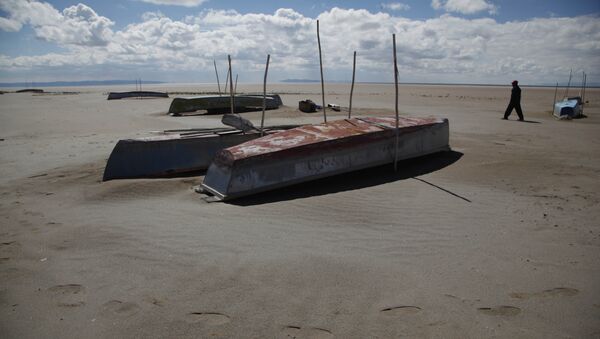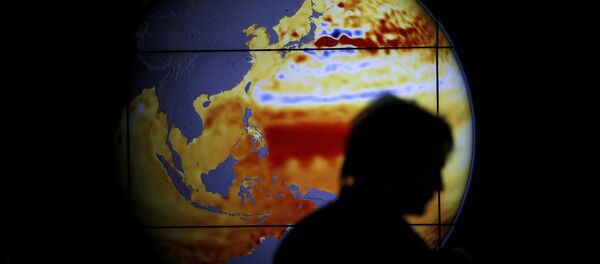"The lake’s shallow nature, with an average depth of just 3 meters, coupled with its arid highland surroundings, means that it is very sensitive to fluctuations in climate," ESA reported.
"Its official evaporation was declared last December. This is not the first time Lake Poopo has evaporated – the last time was in 1994 – but the fear is that any refilling might take many years, if it occurs at all."
On Tuesday ESA published satellite images taken by its Proba-V miniaturized satellite, which was launched in May 2013 and is tasked with mapping land cover and vegetation growth across all the earth's surface every two days.

"For 30 years there has been a process of dehydration, which has now found its peak," Raul Perez Albrecht, regional head of the Red Latinoamericana Ambiental environmental network, told DPA.
"There is a clear link to climate change."
Poopo's disappearance has been blamed on climate change, persistent drought linked to the warming of the El Nino climate cycle in the Pacific Ocean and use of the lake's water for mining and agriculture.
"If we're lucky, we might be able to save one third of Lake Poopo," he said.
In 2002, Poopo was added to the Ramsar Convention's list of wetlands of international importance. The Ramsar Convention is an intergovernmental environmental agreement with a mission for "the conservation and wise use of all wetlands through local and national actions and international cooperation, as a contribution towards achieving sustainable development throughout the world."






